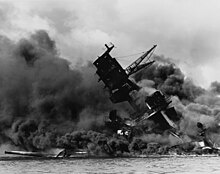
Henry Agard Wallace was an American politician, journalist, farmer, and businessman who served as the 33rd vice president of the United States, from 1941 to 1945, under President Franklin D. Roosevelt. He served as the 11th U.S. secretary of agriculture and the 10th U.S. secretary of commerce. He was the nominee of the new Progressive Party in the 1948 presidential election.
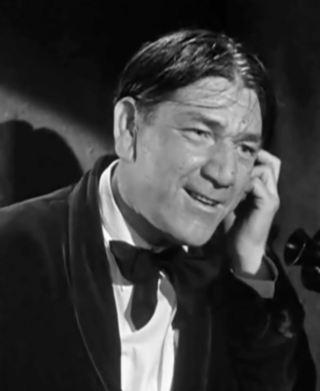
Shemp Howard, was an American comedian and actor. He was called "Shemp" because "Sam" came out that way in his mother's thick Litvak accent.
This article presents a timeline of events in the history of the United Kingdom from 1930 AD until 1949 AD. For a narrative explaining the overall developments, see the related History of the British Isles. For narratives about this time period, see Interwar Britain, United Kingdom home front during World War II, Military History of the United Kingdom during World War II, Postwar Britain (1945–1979), Social history of Postwar Britain (1945–1979),

George S. Barnes, A.S.C. was an American cinematographer active from the era of silent films to the early 1950s.

Frank Eugene Hook was a politician from the U.S. state of Michigan.
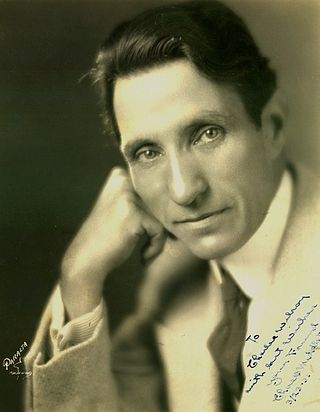
Charles Brown Middleton was an American stage and film actor. During a film career that began at age 46 and lasted almost 30 years, he appeared in nearly 200 films as well as numerous plays. Sometimes credited as Charles B. Middleton, he is perhaps best remembered for his role as the villainous emperor Ming the Merciless in the three Flash Gordon serials made between 1936 and 1940.
Sidney Barnett Hickox, A.S.C. was an American film and television cinematographer.
Sam Newfield, born Samuel Neufeld, also known as Sherman Scott or Peter Stewart, was an American director, one of the most prolific in American film history—he is credited with directing over 250 feature films in a career which began during the silent era and ended in 1958. In addition to his staggering feature output, he also directed one -and two-reel comedy shorts, training films, industrial films, TV episodes and pretty much anything anyone would pay him for. Because of this massive output—he would sometimes direct more than 20 films in a single year—he has been called the most prolific director of the sound era.

Frank Reicher was a German-born American actor, director and producer. He is best known for playing Captain Englehorn in the 1933 film King Kong.
The Middle Atlantic League was a lower-level circuit in American minor league baseball that played during the second quarter of the 20th century.

Hugh Herbert was an American motion picture comedian. He began his career in vaudeville and wrote more than 150 plays and sketches.
Farrar & Rinehart (1929–1946) was a United States book publishing company founded in New York. Farrar & Rinehart enjoyed success with both non-fiction and novels, notably, the landmark Rivers of America Series and the first ten books in the Nero Wolfe corpus of Rex Stout. In 1943 the company was recognized with the first Carey-Thomas Award for creative publishing presented by Publishers Weekly.
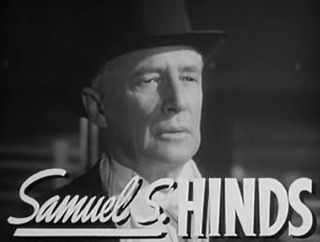
Samuel Southey Hinds was an American actor and former lawyer. He was often cast as kindly authority figures and appeared in more than 200 films in a career lasting 22 years.

Edward Russell Hicks was an American film character actor. Hicks was born in 1895 in Baltimore, Maryland. During World War I, he served in the U.S. Army in France. He later became a lieutenant Colonel in the California State Guard.
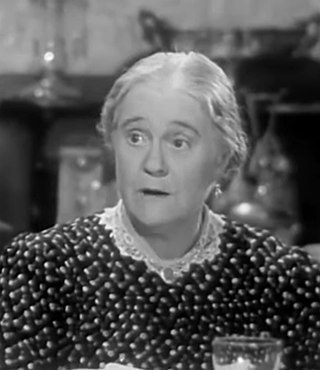
Mary Gordon was a Scottish actress who mainly played housekeepers and mothers, most notably the landlady Mrs. Hudson in the Sherlock Holmes series of movies of the 1940s starring Basil Rathbone and Nigel Bruce. Her body of work included nearly 300 films between 1925 and 1950.
The Wisconsin Progressive Party (1934–1946) was a political party that briefly held a dominant role in Wisconsin politics.
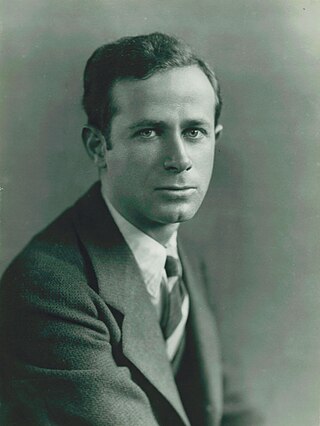
Melville Jacob Shyer was an American film director, screenwriter and producer and one of the founders of the Directors Guild of America. His career spanned over 50 years, during which he worked with Mack Sennett and D. W. Griffith.
Leyland Hodgson, also known as Leland Hodgson, was an English-born American character actor of the 1930s and 1940s. Born in London on 5 October 1892, Hodgson entered the theatre in 1898. In his early 20s Hodgson was part of a touring theatre company, spending his time in the British areas of the Far East, before entering the stage in Australia. In 1930 moved to the United States, where he made his film debut in the Oscar-nominated film, The Case of Sergeant Grischa in 1930.
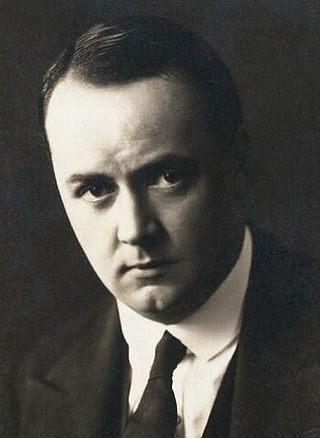
Charles Pearce Coleman was an Australian-born American character actor of the silent and sound film eras.

